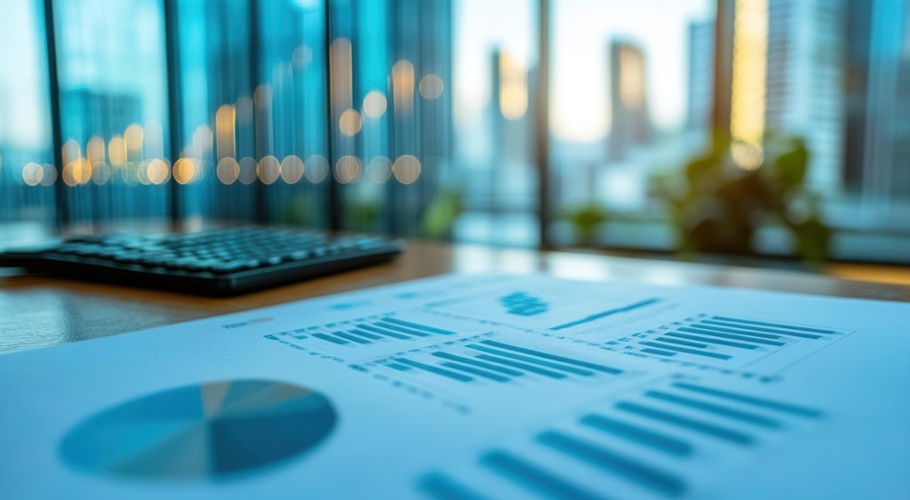Finding value in frothy markets
There are some opportunities for investors across a number of sectors despite a fully priced Australian share market.
The COVID-19 health pandemic continues to hit economic growth around the world. In contrast, share markets remain robust, even climbing to new frothy highs.
According to Goldman Sachs, some analysts are tipping the US market to rise 7% or more by end of this year. Closer to home, the S&P/ASX 200 Index has also been trading at new highs, reaching 7,600 level in early August 2021.
.png)
Source: Australian Securities Exchange.
The rise in the market is now a reflection of investors chasing the juicy returns we’ve seen in the recovery from COVID-related lows. In recent research, Morningstar highlighted that the S&P/ASX 200 Index rose by 8% in fiscal 2021, lifting returns for to an impressive 13% including dividends.
Australia’s cash rate is likely to remain at record lows as fiscal and monetary stimulus will continue to support the ongoing economic challenges under COVID. In fact, the Reserve Bank of Australia (RBA) has echoed its previous view that 2024 would be the earliest it would consider a rate hike as economic conditions remain subdued.
This has also meant more money chasing fewer assets, particularly as investors look to invest in assets that offer better returns.
The latest analysis from Morningstar suggests the bulk of the market remains overvalued. The energy sector is the only part of the market undervalued.
.png)
Source: Morningstar
Morningstar’s Head of Equities Mathew Hodge expects the momentum to continue off the back of continued support from the government and central bank - although he does not like to make predictions.
The equities team at Morningstar believe there are some pockets of value in the market. As highlighted earlier, the energy sector is where investors can find the most value. However, its valuations have been underpinned by the outlook for the industry – most notably a shift away from traditional energy sources in response to climate change risks.
“Energy is probably, it's a little bit on the nose from an ESG [environmental, social and governance] point of view. The industry is still assessing how to adjust to this framework,” Hodge says.
Nevertheless, there are some stocks that are positioned for a solid future in energy despite the shift to the renewable sector.
For Hodge, while there will be a concerted move by business to shift to zero emissions by 2030, there will be a role for quality coking coal as the demand for steel continues, particularly from Asia.
Haulage company Aurizon (AZJ) remains well positioned in this still solid export market for miners.
“Coal prices have shot higher in recent months, which is good for Aurizon's customers and suggests haulage volumes will improve shortly,” Hodge says.
The business has what Hodge describes as quality assets - an extensive freight and rail network that supports the transport of coal. The business also has plans to diversify away from coal by building up its bulk storage business, addressing investor concerns on climate change.
While Morningstar believes the bulk of mining and metal companies are overvalued, there is still opportunity in stocks such as Newcrest Mining (NCM). Its price, according to Morningstar reflects market concerns potentially around the outlook for gold. As the world recovers from the COVID-19-induced downturn, this could potentially reduce gold’s appeal as a safe-haven asset.
Woolworths (WOW) and Coles (COL) remain the most expensive stocks in consumer staples but attractively priced names in the sector include a2 Milk (A2M) and Blackmores (BKL).
The banking sector is also poised to deliver more benefits to investors through buybacks. Already in August, Australia’s largest lender, the Commonwealth Bank (CBA) announced a $6 billion buyback.
However, the big banks remain expensive apart from Westpac (WBC). Hodge is confident that Westpac will return to strong profits and returns on equity as it continues to manage its cost base and streamline its operations by offloading wealth management businesses.
Smalls in a hyper stimulated market
There are also challenges in finding value in the smaller end of the market.
First Sentier Investors Senior Portfolio Manager Dawn Kanelleas’ hunting ground is in Australian small caps.
Kanelleas acknowledges that there are pockets in the small cap market that are very overpriced.
According to the portfolio manager, the frothy price levels in the small cap sector have been driven by investors chasing returns. However, they do not fully understand the risks around these businesses.
This has led to market corrections particularly in March and May 2021 as highlighted in the chart below.
.png)
Source: Australian Securities Exchange
“Those corrections that we have seen show that when a business cannot produce free cash flow or fund their growth, there will be very little support for its valuation,” she says.
Here it is important to take a long-term view of a business that will ensure its price and quality remain intact even in “hyper stimulated markets”.
Kanelleas’ approach is to favour companies with sustainable competitive advantages, strong financials, quality management and predictable earnings. Current stock picks include Breville (BRG) and Technology One (TNE).
Delta forces
The delta variant of the COVID-19 has significantly impacted Australia’s path to economic recovery. With New South Wales in lockdown since June, other states are also managing the challenges with partial lockdowns.
As vaccination rates climb, border restrictions could ease, paving the way for growth to begin.
Kanelleas notes that Australia’s economic indicators such as household expenditure, business investment and dwelling investment have been generally positive recently, although the implementation of various lockdown restrictions nationwide are clouding the outlook.
The Morningstar house view is that Delta will delay but not necessarily derail the Australian economic recovery.
“It’s difficult to determine what the outlook will be but there is a reasonable chance that the central banks and governments will step in [under a prolonged impact from the pandemic],” Hodge says.
However, for now the Australian share market remains buoyant.

